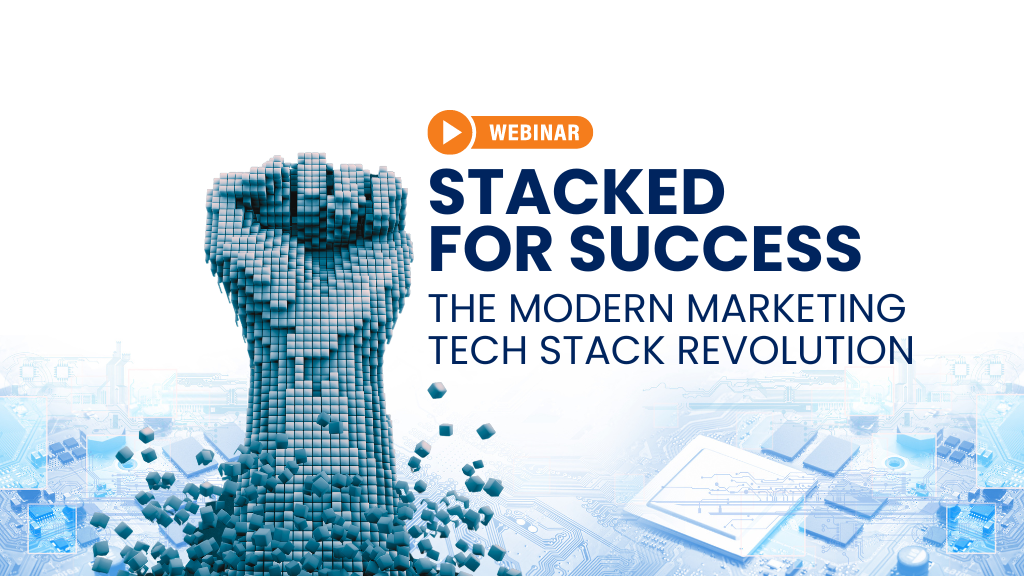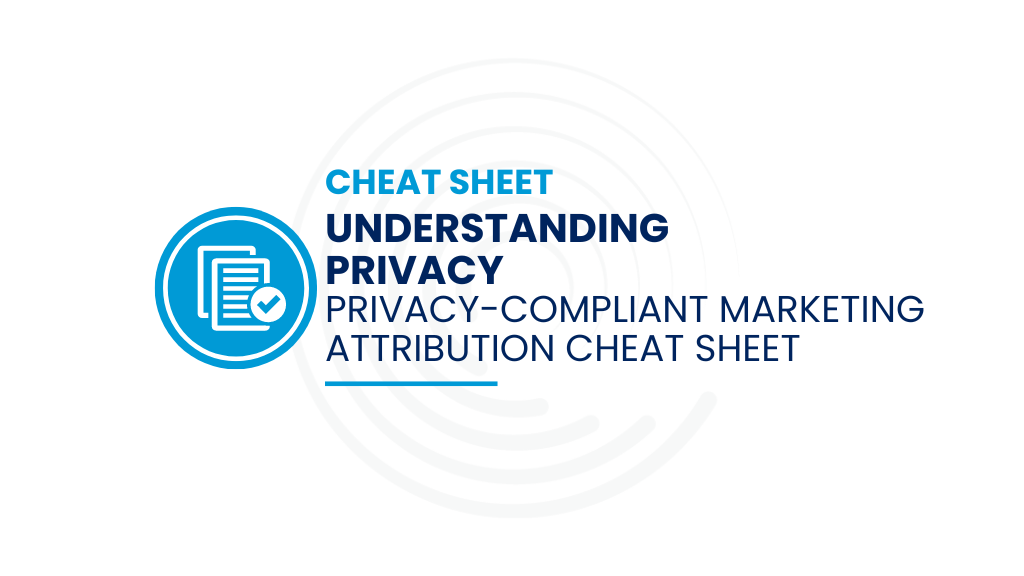As a marketer, you must be able to clearly measure and communicate marketing’s impact on revenue, likely using either multi-touch attribution or single-touch attribution. Attribution models are a popular method marketers use to assign credit for a sale or conversion to one or more campaign touchpoints along the customer journey. With the right attribution model, you can demonstrate how specific marketing campaigns impact revenue, and you can also compare the impact of different types of campaigns so you can allocate marketing spend to those that deliver the best results.
There are two categories of attribution models, single-touch and multi-touch, and several different types of models in each category. (You can find a handy cheat sheet here that reviews the basics.) Single-touch models assign all the credit for a sale or conversion to just one touchpoint. One of the most popular is the first-touch attribution model. Multi-touch attribution models recognize that customers usually interact with companies around multiple touchpoints and spread the credit.
The results from your attribution model ultimately decide how to allocate marketing budgets and optimize campaigns. Since there are many models available, you’ll need to pick the models that accurately reflects your marketing strategy and goals and provides actionable insights to improve marketing performance. Here’s a closer look at both categories, the pros and cons of using them and what business scenarios might be a good fit for each.
An Overview of Single-Touch Attribution Models
There are at least three types of single-touch attribution models, including first-touch, last-touch and tipping point. Each assign all the credit for a sale or conversion to a single touchpoint, i.e., the first, last or a tipping point that results in a qualified lead or account activation. First-touch models are the most widely used, but all three rely on a single touch to attribute credit.
As the name suggests, the first-touch attribution model assumes the first touchpoint played the most critical role in driving the customer to take action. The advantage of using this model (or any single-touch model) is that it is simple and easy to understand. First-touch can be useful for businesses that rely heavily on initial customer engagements, like companies that generate leads through webinars or events.
The downside is, if other touchpoints play a key role in driving customer action, this model can’t capture that influence. The insights it provides about campaign performance are limited, so using first touch alone can make optimizing marketing strategies difficult.
That said, for certain types of companies, first-touch can be an effective attribution model. For example, in addition to businesses that generate leads from events, many SaaS companies find a first-touch attribution model effective for tracking initial signups via website visits or ad clicks. Online retailers can also benefit from first touch when tracking website traffic sources, i.e., social media ads that a customer clicks through to make a purchase on an ecommerce site.
An Overview of Multi-Touch Attribution Models
There are at least three types of single-touch attribution models, including first-touch, last-touch and tipping point. Each assign all the credit for a sale or conversion to a single touchpoint, i.e., the first, last or a tipping point that results in a qualified lead or account activation. First-touch models are the most widely used, but all three rely on a single touch to attribute credit.
As the name suggests, the first-touch attribution model assumes the first touchpoint played the most critical role in driving the customer to take action. The advantage of using this model (or any single-touch model) is that it is simple and easy to understand. First-touch can be useful for businesses that rely heavily on initial customer engagements, like companies that generate leads through webinars or events.
The downside is, if other touchpoints play a key role in driving customer action, this model can’t capture that influence. The insights it provides about campaign performance are limited, so using first touch alone can make optimizing marketing strategies difficult.
That said, for certain types of companies, first-touch can be an effective attribution model. For example, in addition to businesses that generate leads from events, many SaaS companies find a first-touch attribution model effective for tracking initial signups via website visits or ad clicks. Online retailers can also benefit from first touch when tracking website traffic sources, i.e., social media ads that a customer clicks through to make a purchase on an ecommerce site.
An Overview of Multi-Touch Attribution Models
Multi-touch attribution models spread the credit around instead of placing it all on the first, last or tipping point campaign. There are at least half a dozen different types of multi-touch attribution models, including an even-spread approach that credits all touchpoints equally, a U-shaped model that credits first and last touches and models that are based on custom position and factors.
The pros of using multi-touch attribution models include a more complete picture of the customer journey when it intersects with multiple touchpoints providing more insight into which touchpoints are driving sales to enable more efficient budgeting and campaign optimization. If you can see which campaigns, channels, and tactics work best at specific stages of the customer journey, you’ll be in a better position to optimize your marketing mix.
The downsides of a multi-touch attribution approach include the complexity; there are more factors to consider, which can make it difficult to understand the results. Multi-touch also requires more data so that you can accurately allocate credit to a range of touchpoints. For marketers who don’t have robust campaign tracking systems in place, this can be a challenge.
Businesses that benefit most from using multi-touch attribution models include B2B companies because the buyer journey tends to be more complex and involves multiple decision makers. As B2B marketers who use an account-based marketing (ABM) strategy know, buying groups can include people with a range of titles and functions within the target account company, so moving the group through the sales funnel and activating accounts can involve multiple campaigns targeting a variety of audiences.
Retailers and travel companies that have a longer sales cycle and/or target customers on multiple channels may also benefit from using a multi-touch attribution model. This approach is more likely to help marketers understand the various touchpoints that influence decisions, from initial awareness through the sale.
A Note about Funnel Metrics and Attribution
As marketing attribution has become a mainstay in B2B marketing measurement, many marketers now include funnel metrics in their attribution reporting to the management team. However, funnel metrics and attribution serve different purposes. Whether it’s a person-based funnel or an account funnel, funnel metrics include volume, velocity and conversion rates from stage to stage. Marketers can use these metrics to identify and measure how well their marketing processes are working. On the other hand, attribution measures the sales pipeline, all the way to closed won deals.
To dive deep into the benefits of funnel metrics, click here.
Which Attribution Model Should You Choose?
Single-touch and multi-touch attribution models can all be useful under certain circumstances. When deciding which model to use, consider factors like the length of the sales cycle, the complexity of the customer journey and the number of marketing channels you use. In general, if you have a longer sales cycle and a more complex customer journey with more touchpoints across channels, multi-touch attribution might be the best fit because it better reflects the reality of the decision-making process.
That said, it’s a good idea to take different attribution models for a test drive and evaluate the results. You can gain insights that can help you better understand which campaigns influence customers at various funnel stages and get an accurate read on the channels that drive revenue across the customer journey, and that knowledge can make you a more effective marketer.
Save this eBook for later.
Learn how to measure and engage key accounts, and identify top intent providers to enhance your ABM strategy.




